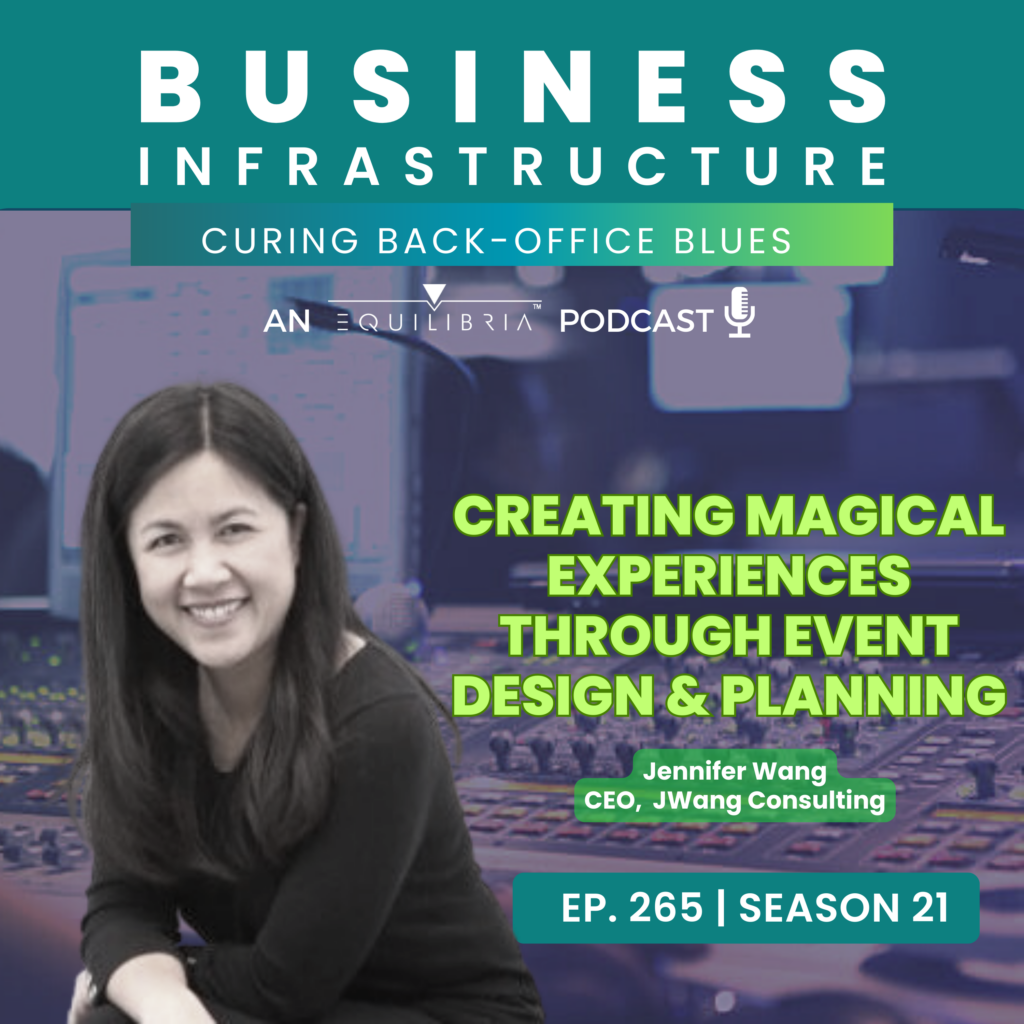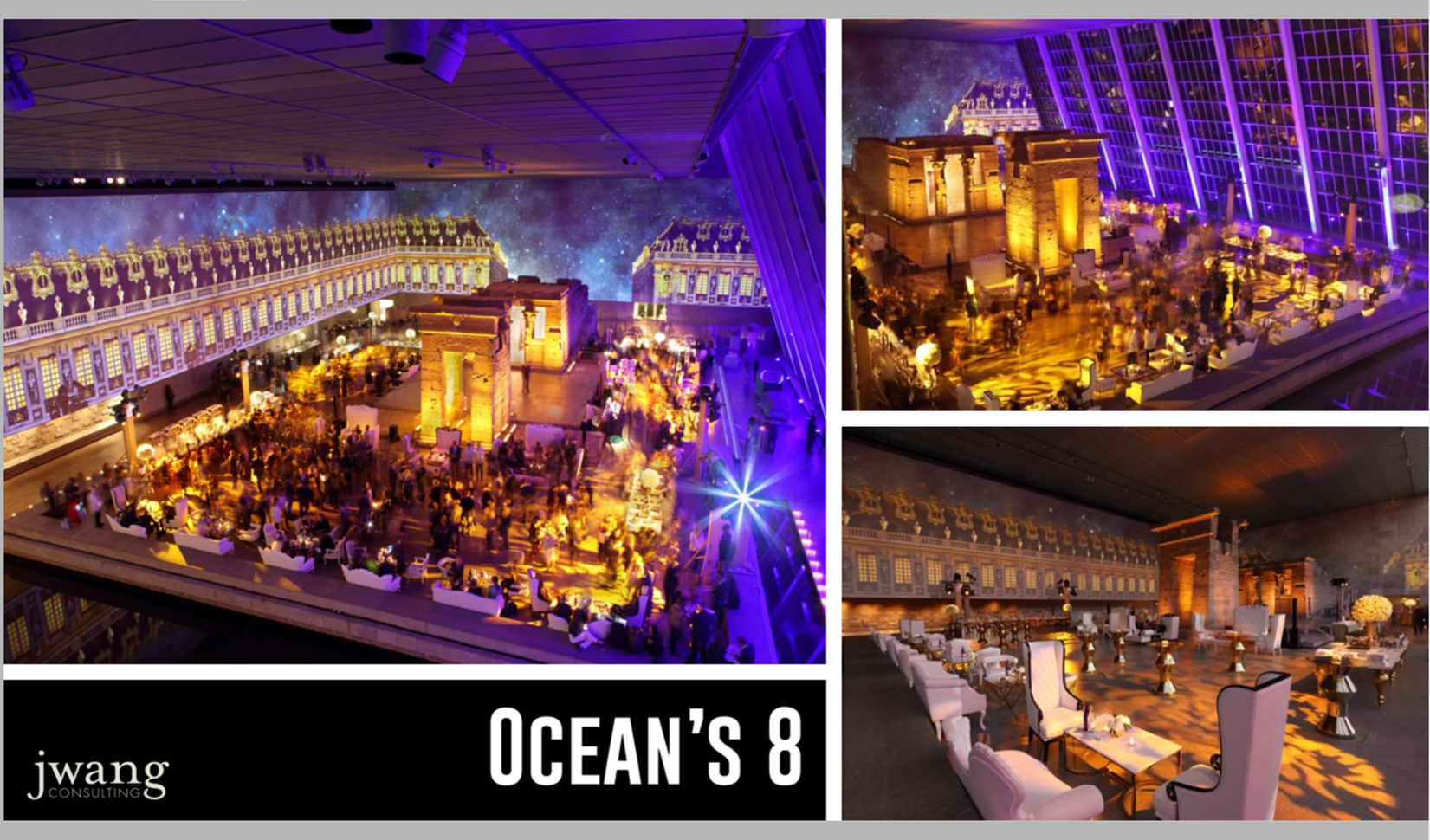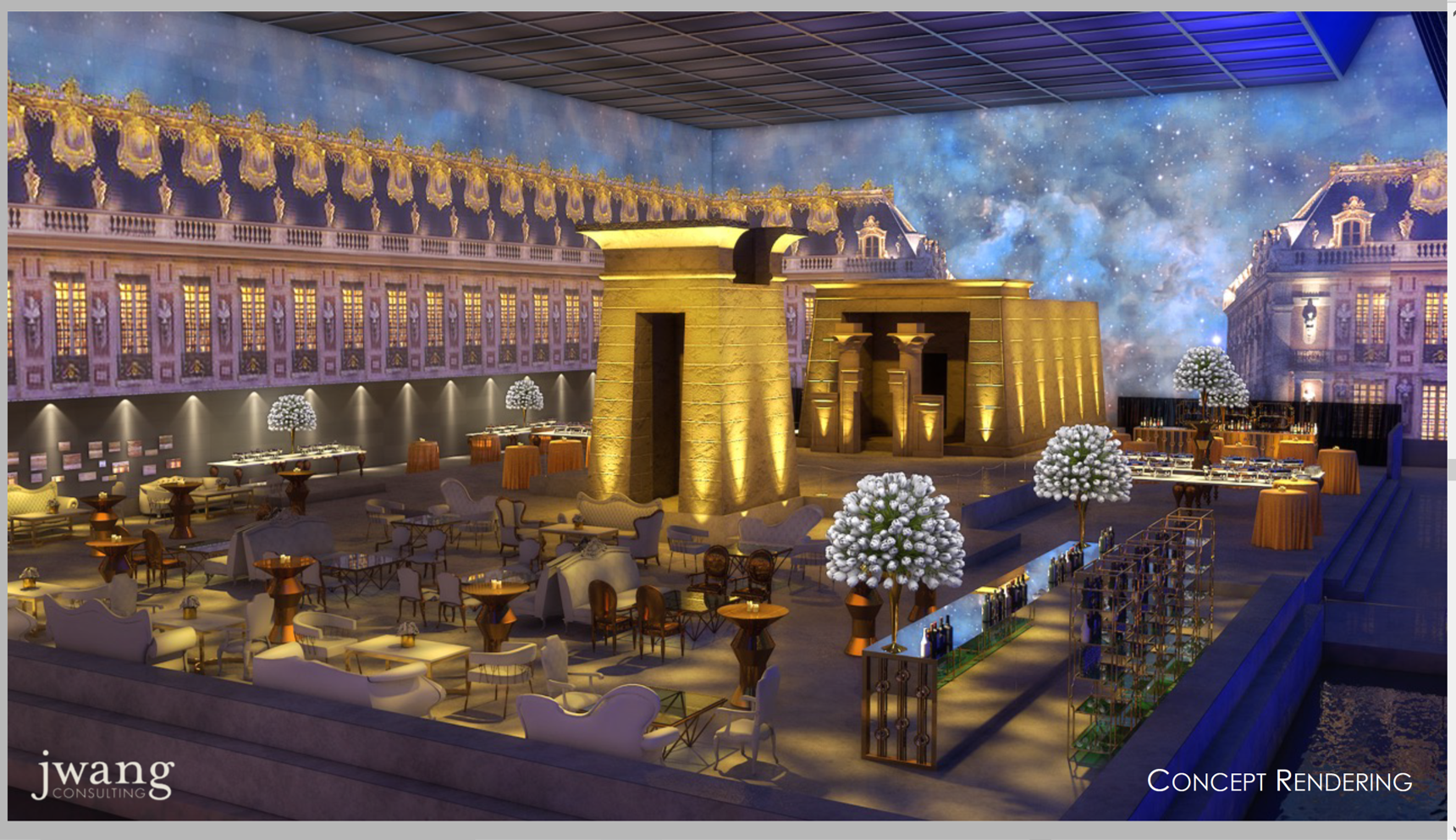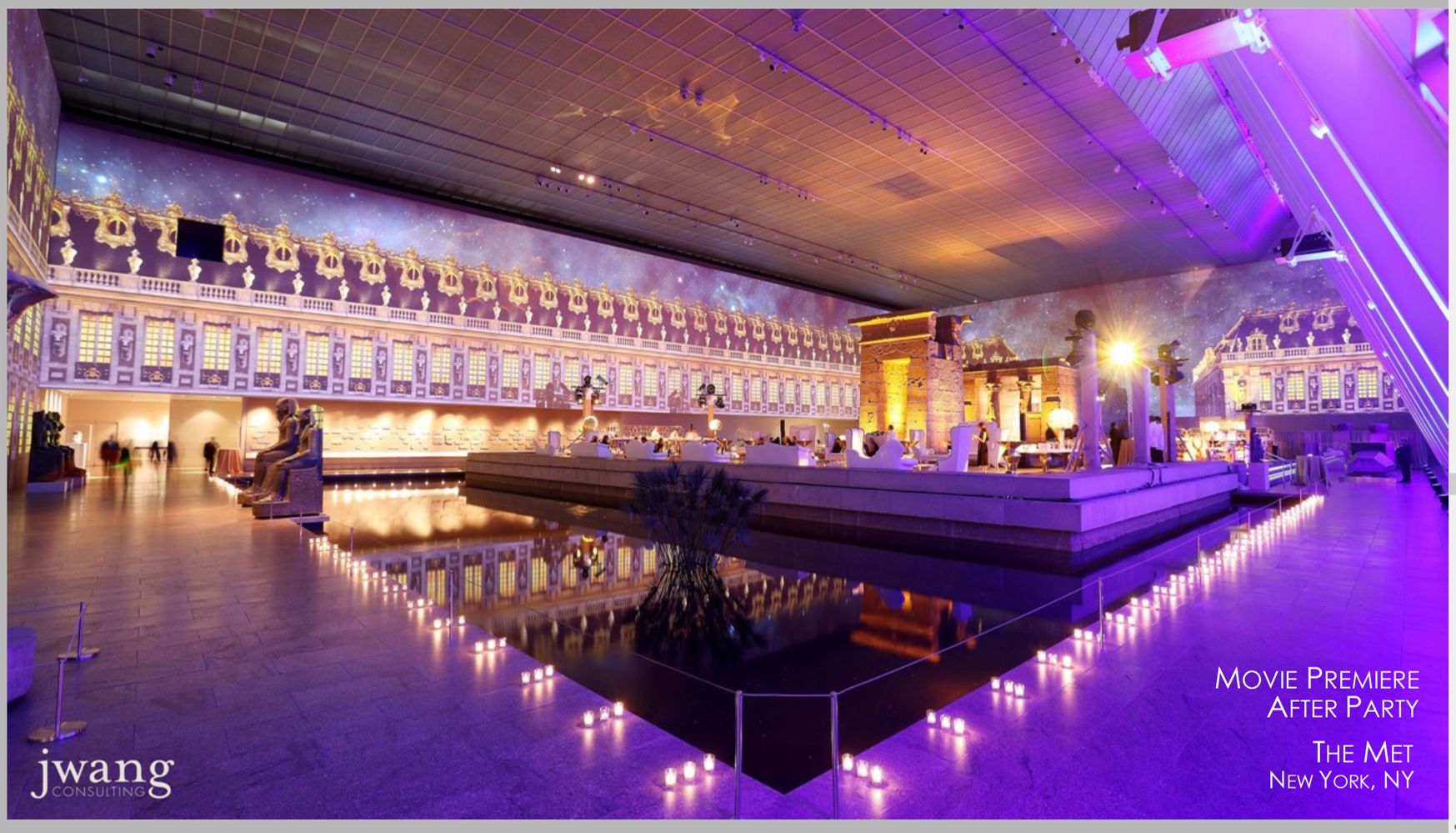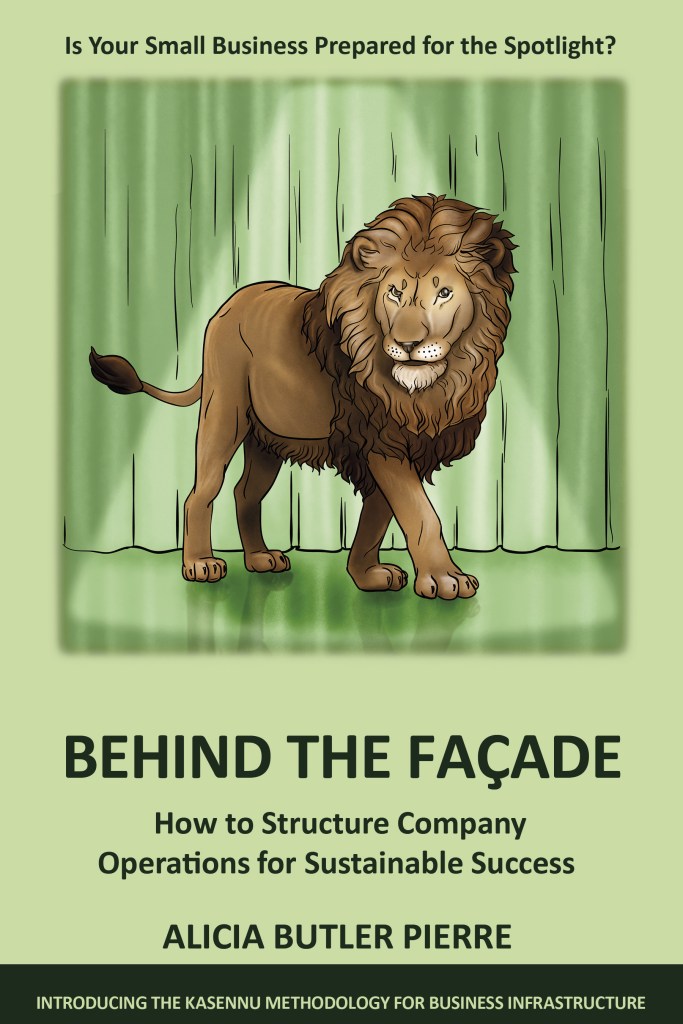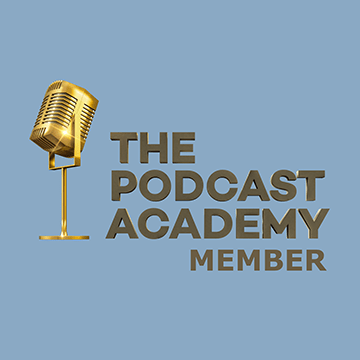Transcript
Ah, I see you’ve come back! Well, I know why you’re here so let’s go to the podcasting vault. I swear this door seems to get heavier every time I open it. Go ahead, take a seat. We have another special episode lined up for you. If you enjoyed the last remastered episode, then you’ll enjoy this one too! It also features someone who works closely with the film industry but with a twist.
This podcast is brought to you by Equilibria, Inc. We design business infrastructure that frees you from the chaos of fast growth, scales your operations, and increases the value of your small business.

This is Season 21 of the Business Infrastructure podcast. On this show we share operational tips, strategies, and tactics to help you cure any back-office blues you might be experiencing. I’m Alicia Butler Pierre and this season we’ve remastered some of our most popular episodes using our show’s new format.
One thing I often tell people who aspire to break into certain industries where the success rate is slim to none is to consider careers that are adjacent to those industries as a backup. One such industry is film. Every aspiring actor or actress won’t become an Alister, but you can be wildly successful in another career that still puts you in close proximity to film. But to know what those careers are, you must meet the people who are in them. Well, we have one such person for you! She will tell you all about how she discovered her niche and the work she does behind the scenes to bring films to life.
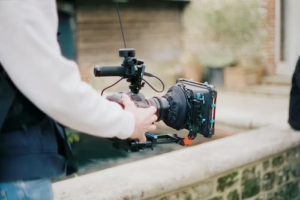
This is Episode 265 – Creating Magical Client Experiences Through Event Design & Planning with Jennifer Wang
When the original interview with Jennifer took place, we were at the height of the COVID-19 pandemic. Diversity, among other things, was a hot topic and that’s how we started the interview with Jennifer. The reason is that Jennifer lives in Los Angeles, California but lived in several countries as a child before settling there. Let’s start by first finding out how she’s doing and then learning more about her diverse upbringing.
I am great. Thank you for having me on your show!
I was born in Vietnam, and I only lived there for six months, so I don’t have a recollection of my childhood there. We traveled a lot. I lived in Hong Kong for about a year, Taiwan for about a year, Singapore for about two years, and then went to Japan for two years. And that’s where I went to kindergarten and first grade and spoke Japanese fluently, even though I’m Chinese. And I then
moved to the States when I was seven. So then came here, and I’ve been here ever since. So, I consider myself an American-Chinese.

Hearing Jennifer describe herself as an “American-Chinese” made me wonder if there was a distinction between that title and Chinese-American.
That is actually so interesting that I just called myself an American-Chinese instead of a Chinese-American.
I would say that I definitely identify as an American of Chinese descent, but culturally, I would say I grew up with my parents raising me in Chinese culture. And with that being said, it was quite hard sometimes to navigate through how to appropriately have my relationship with my parents because I grew up in America, where America is, you know, it’s about standing up for yourself and you get to speak your mind. But in the Chinese culture, we really are, you know, we’re raised to listen to our parents, and there is no, Oh, how do you feel about that? This is what I say, and this is how it goes.
And so it was an interesting balance that I had to figure out as I was growing up, to figure out how to be my own person, but also being respectful to my parents because having their approval and their acceptance was, and is still, very important to me. It’s been interesting trying to navigate that and being a parent myself.
Now I have to figure out how I want to raise my kids, and you know I see the good in both. So, I always think it’s better to have a happy medium of everything. I don’t believe in extremes. You could take the best of both worlds if you will, and that’s what I’m trying to do, which is to take the best of both worlds and make my decisions based on that.
There’s something you need to know about Jennifer – she’s a powerhouse! No, seriously. Like, for real! She’s the founder and CEO of JWang Consulting, which is an event planning firm whose client list reads like a who’s who in entertainment. Some of her clients include Netflix, Hulu, Showtime, and many, many more. In fact, Jennifer has managed and produced over 600 events in the course of her 20-plus-year career.
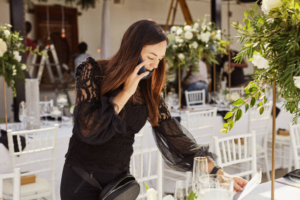
But she didn’t go to school to learn how to become an event planner. Knowing how much she values her parents’ approval and acceptance, I couldn’t help but wonder what led Jennifer to pursue a degree in psychology. Were her parents supportive of her ultimate career choice? And how did she decide that event planning was what she
wanted to pursue?
I will give a lot of credit to my parents, even though they were very strict, I mean, they let me be independent and they let me figure it out, which I really appreciate them for doing. And they allowed me to be my own person, and they were never the parents who said, “You have to be a doctor, or you have to be a lawyer.” I actually wanted to be a pediatrician all on my own.
I did everything I needed to do to be pre-med. I volunteered at the hospital, all the usual things. Then I got to college, and I was actually a psychobiology major because I wanted to be a doctor. And then OChem happened. Second year of UCLA, and it’s called the weeder class for a reason because it weeded me out. And I said to myself, I guess I don’t want it bad enough.
And I had a quarter-life crisis. I didn’t know what I was going to do with my life. I didn’t know what path I was going to take. So, I ended up actually going to a career fair my junior year, maybe a senior year, and I saw somebody sitting there and it said, Event Planner. And I said, “Oh, what do you do for a living?”
And this was before the Wedding Planner with JLo came out. So, wedding planning and event planning way back then was not a thing.
So, I said, “What do you do?”
And she said, “I plan events.”
I said, “You get paid for planning events?”
And she said, “Yes.”
And I said, “That’s what I want to do! I do that all the time! At school I was part of a student organization called the Student Alumni Association that planned a lot of events.”
And I started looking online, but there were no internships back then, there were no internships for event planning. So, I then took the next route, which is I started looking at job postings, and I called those event planning companies, and I said, “Are you looking for an intern?”
And with that kind of dogged persistence to find a job doing something she knew she was passionate about, Jennifer eventually found one.
I actually ended up working for that company for many, many years. And my very first event ever was the Allie McBeal wrap party. And that was my first taste. And I said This is what I want to do for the rest of my life. It was just so exciting. And I couldn’t believe I found a job and a career that I got to do for a living which I enjoyed. I mean, what a dream. So that is how I stumbled into event planning.
And that love for event planning would pave the way for Jennifer to work with prominent people in the film industry, not just planning events but designing them too. When we come back from the break, Jennifer will give us a behind-the-scenes look at the business infrastructure she and her team deploy to create magical experiences for her clients and their guests.
In the world of business, success isn’t just about great ideas or products. It’s about having a strong foundation—a solid business infrastructure. But why is it so important?
A robust business infrastructure is like the backbone of an organization. It provides the necessary support for all our operations.
Business infrastructure ensures effective communication and collaboration. It allows teams to seamlessly share information, work together efficiently, and make informed decisions.
It also enables efficient data management. With proper systems in place, businesses can securely store, analyze, and utilize their data to gain valuable insights and make strategic decisions.
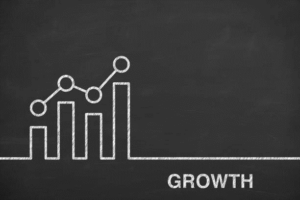
Thirdly, a strong business infrastructure promotes innovation and growth. It provides the flexibility to scale up operations, adopt new technologies, and adapt to changing market demands. It’s no wonder why a solid business infrastructure is essential for success. It enhances communication, facilitates efficient data management, fosters innovation, and enables flexibility—all vital for businesses to thrive in today’s competitive landscape. Invest in a strong business infrastructure, and watch your business reach new heights!
At Equilibria, we’re excited to offer a free webinar opportunity where we’ll do a deep dive into business infrastructure. Stop being a victim of unmanageable fast growth and start building your own company’s business infrastructure. Don’t wait! Experience the order and calm that thousands of other small businesses have. Sign up now at SmoothOperator.Club. That’s SmoothOperator.club.
We’re back and before the break, Jennifer Wang, a formidable event designer and planner shared with us how her family values and Chinese-rooted upbringing paved the way to finding a career she describes as “a dream.” She eventually branched out on her own and started her own firm, JWang Consulting. She’s a living testament to the fact that, yes, business infrastructure can be deployed for creatives…successfully. Listen as she explains what it was like to plan her first live event for the Godzilla vs. Kong movie following the COVID-19 pandemic. Here’s Jennifer.
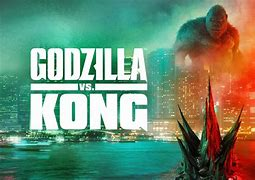
Godzilla vs. Kong was a drive-in. It was actually my first live event back in a year. And you know, there was a moment right before the event started where I got choked up because I hadn’t put on a walkie-talkie in over a year. I hadn’t seen my vendors together like that and it was only 30 cars. It was a small press screening, and we did as much as possible to make it contactless. It was super safe, and that safety was actually our first and main concern. Having that live event in over a year, was really special.
I was reminded of why I love events so much and just seeing everything on paper come to life and seeing people’s reactions as they come in and see the lighting and the giant green screen that we created for the car photo op. And not a regular little dinky photo op backdrop, but we had a full twelve-foot high, 20-wide backdrops that a car stopped in front of, and we lit the entire space,
Godzilla vs. Kong colors. So, it was really super special, and I was so happy to be back and to be doing live events again because I sorely missed it.
Having a solid business infrastructure in place was one reason Jennifer’s firm could pivot from live, in-person events to remote and sometimes hybrid events during and immediately after the pandemic. To demonstrate this, she shared another example of an event that was fully remote.
Before the pandemic, most of the events I did were movie premieres, but. This one in particular was for The U.S. vs. Billie Holiday. That was actually a gifting project. The process was fairly the same because I was the project manager for that particular project. I was doing a lot of gifting boxes when I pivoted, because instead of being able to do live events, we were sending gifting boxes to various influencers or press or what have you.
And it was a party in a box, if you will, or it was the movie wrapped up in a box. So, I basically had to design a box based on the event. So instead of designing a room, I was designing the box. I had to make sure I had the right-sized box, what was I going to fit in it and what items would represent the film.
Did you notice that Jennifer described herself as a project manager? This is also attributed to her ability to successfully pivot and still deliver magical experiences on demand. I wondered if she could share more about the business infrastructure that makes JWang Consulting so successful. It all starts when a client requests her help planning an event.
The client will come, we will start the process in terms of what type of event it is and then I have to figure out what budget it is, the number of people, and we have to figure out the space, and from the space, we have to do a layout. So, with the layout, we figure out what are we going to do when the guests first come in, where’s check in, and where are we going to have lighting. So, you’re basically looking at each nook and cranny of the space deciding what the flow of the event is, and deciding what the guest experience is going to be. So, once you figure all of that out, you do your site visits with your vendors.
And I have a vision in my head of what I would like to see or what I would like the guests to see. I then put it into a design deck, and I put a budget together. I reach out to my lighting vendors, my scenic vendors, and catering, and venue, and I am basically working with all the different parts and putting it into a pretty little package so that the client, all they have to do is take a look and say yes or no.
So, they’re hiring me basically to help them execute a vision within the budget, within a certain time frame. And then I execute. So, event planning is very much a left-brain, right-brain type of job, if you will. There are event designers, there’s event producers, and event planners, if you will.
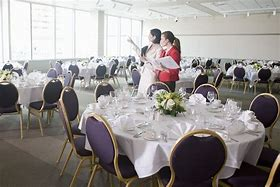
There are a lot of different terminologies, but I do both. I actually design and execute. So, there are event planners who hire event designers to design and come in and make it happen. But the event planner makes sure that everything is organized, and the timeline executes properly, right, and is there to make sure all the vendors are doing what they’re doing.
I love being able to use my left brain to be creative and my right brain to be organized and execute. On top of all that, one of the things that I love to do as well is ensure that the client is getting the best event within the budget that’s given to me. A lot of people always think, like, “Oh, studios, they have so much money,” but that’s not really fair, and nor is it okay to say, “Oh, well, we can charge this much because they’re a studio.”
That’s not true. I treat every budget very carefully. This is somebody else’s money that I am responsible for. So, I need to make sure that I am spending it wisely in a smart way, and that I am stretching their dollars as much as possible to give them the best event possible. I have to make sure that I am getting them the best pricing possible, that’s also one of my jobs. So, I get to negotiate as
well to make sure that everything is within budget.
Now that Jennifer has shed light on the process element of business infrastructure, I wondered if she could talk more about the people element. At this point, we know she has several vendors like photographers that she works with and has to coordinate, but who else is involved?
So, in a real live event, I would typically also work with a florist or a caterer. With the florist, we’re figuring out what florals work best. As the event planner and producer, you have to know enough about each of your vendors and elements to be able to design that particular aspect. For example, for flowers, I have to know enough about flowers to ask what flowers are in season. And I never like to promise anything that we can’t get. So, we have to find out what flowers are in season, and then we go from there.
And then I have a particular color palette that I want. I give them descriptions, and you have to be very descriptive as to what you’re looking for. Do you want something structural? Do you want something loose? You have to be very descriptive in what you want so that the vendor can succeed and be able to give you what it is that you’re looking for.
I have to basically describe what’s in my brain and put it on paper or be able to verbalize what it is that I’m looking for. And lighting, for example, I know that I want to make everything red on one side and blue on the other side, right? But I also need to know enough so that if I’m ever working with a lighting vendor that’s out of state, that I usually don’t get to work with, if they say, “Oh, you only need two lekos,” I know that a room of a particular size needs four lekos.
You have to know enough to be able to catch things so that you are able to execute the best-looking event possible for your client. So, there are florists, lighting vendors, AV vendors, I work with valet companies, and there are caterers with whom we do food tastings. We always make sure we do our food tastings, which is one of my favorite parts of the job – I get to eat! And honestly, sometimes I say to myself, Is this really my job?

People will say, “What did you do today?” I will say, “Oh, I went to go watch a movie for research to see how I should design this event. And then I went for a food tasting, and I got to taste 20 different dishes to decide what I wanted to eat, and that was my day. And I got to go and walk through different venues throughout the city and see which one we want to go with.” So sometimes I pinch myself and say, is this really my job? Because I’m just having fun.
She’s having fun, but don’t be fooled, Jennifer also works really hard. When people are masters of their crafts, they tend to make things seem or look easy. This brings us to the third and final element of business infrastructure – tools and technology. What’s Jennifer using to help bring her conceptual designs to life?
I know this is going to sound really crazy, but I do not use any software except Excel. I do have my own project timeline that I have that I use for myself to ensure that we are hitting certain milestones. What I do with my clients is send them a delivery timeline so that we are all on the same page about what it is that is coming up. And I make sure I do that because I hate it when I have to send the client something and say, “I need your approval in an hour.”
That is not fair to the client. I will work out exactly how many versions of the design deck they will be getting, and how many versions of the budget they will be getting. And then I work during their review time because sometimes they have to take it to the higher-ups. So, I take all of that into account. So, let’s just say we have six weeks to plan. Then I back it up. I know that two weeks before the event, I have to confirm everything.
If I am contacted four weeks before, that means I have two weeks to get different revisions and different edits together so that we can get to the two-week mark to get confirmation. Then, I work backward. We then say, “This is when we’re going to do our food tasting.” This is where you’re going to get version one of the deck, version two of the deck, and version three of the deck so that they put it in their calendar when they have to give me feedback.
And sometimes they’ll say, “Oh no, I have an event that day. Can we please move our review day to another day?” Now they have an entire timeline so that they’re not chasing me, I’m not chasing them. This deliverables timeline that I put together for them is really quite helpful because then we’re all on the same page about who’s expecting what, and when.
Yes, and I’m also curious, do you hand sketch your design concept? Because I did notice some renderings in the Capabilities deck that you shared with me. Is that something that you do, or do you have someone on your team who does that based on your vision?
I have a freelance person who does renderings for me. Most of our decks are inspirational photos that I’ll put together. And then we’ll do a layout, which I have a graphics person who helps me with my layouts, but we also have somebody who actually does 3D renderings. There are certain projects that require 3D renderings so that they can present them to the higher executives. But my 3D renderer is amazing. I love putting the photos side by side, his rendering, and then against the actual photo.
It’s amazing!
Isn’t it?
And we’re basically saying this is what your party is going to look like and it’s really important for them to be able to see what it is going to look like. And I never like to over-promise, I always like to over-deliver. So, I make sure that if I put something in a rendering, it’s happening and if I can’t make it happen, I will not put it in there. And it is really important to always make sure that if you are going to be offering something, you have to double-check. Triple check. Is that actually going to work?
Because there are times that I come up with ideas, but before I present them, I will go to my scenic partners, I will go to my lighting people and say, “Is this something that can actually happen or is this just something in my head?” And you don’t ever want to go to a client and present something and say, “Oh, oops, actually, just kidding, that can’t happen.” You want to be able to make sure you’ve done your research; you’ve done all you can before you present anything to the client and then they’ll just make sure that you are delivering anything you promise.
And that’s something we here at the Business Infrastructure podcast stress – making promises that you can keep. This is what operations is all about – the behind-the-scenes activities that make it possible to keep your promises to clients. Speaking of going behind the scenes, I could not resist asking Jennifer about a picture from an event that I saw in her digital portfolio. It featured a room that had an ancient Egyptian theme, and it was surrounded by water. What movie premiere was that event for?
Oh! So, that one was Oceans Eight, actually. And that was at the MET in New York. So, it was the tomb it looked like. We recreated the gala scene from Oceans Eight.

Wow!
Yes. So, we took that particular scene in the movie and recreated it. But instead of having tables and chairs, we brought in lounge furniture. So, we typically like to make it very casual and not too formal so that people can mingle. With a movie premiere, the guests just watched the movie and now they’re stepping into the after party. And what I always like to do is make sure that the after-party is a continuation of their evening. Now, I can’t recreate the exact movie, right? But I can recreate the essence of the movie. So that’s my job, which is to make sure that I can carry through the theme and make it feel like they are still experiencing the movie once they’ve left that theater.
In case you’re wondering, the MET is the Metropolitan Museum of Art and, as Jennifer said, it’s located in New York. It’s the largest museum in the Americas and is also the place where other iconic events take place like the fashion-based Met Gala.
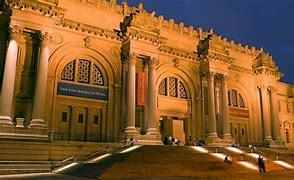
I was so happy with the results of that event and working at the MET, it’s a challenge because there are artifacts in there.
Yes!
There was somebody standing there making sure we weren’t touching anything that we weren’t supposed to. But we got to load in overnight. And I’m just going to tell you, standing in the middle of that room at the MET, in the middle of the night, just by us, wow, it was incredible.
So it’s those moments that are so special, but it’s the MET and we had to make sure we followed the rules, and we were still able to create a beautiful, beautiful event. And it’s working with partners who understand the venue, and the venue is working with us. Everybody’s goal is to have a fabulous evening for the clients. So, it’s really important to communicate and work together. We just need to make sure that they understand what our end goal is to be clear about our end goal and that we’re respectful.
Remember how I mentioned earlier that although Jennifer is having fun, she also works hard? Well, she did in fact acknowledge the challenges of designing and planning events.
Actually, event planning and event production is very, very stressful, and it could get to a level where if you don’t control that stress if you will, things can come out where it’s just like, “Oh my gosh, what just happened?” But I always remember that I am not saving lives here. I am throwing a party so people can have a good time.
And that’s what I always remind people. This is not the brain surgery we are doing. And that is how I like to operate, which is I have fun when I do this with all my vendors and we all have a good time while it’s stressful, which I know sounds really weird, but I mean that is so important.
Yeah. I would imagine the satisfaction of knowing that we did it, that it was a success, I would imagine it makes all of the stress in some way or another worth it, right?
Absolutely. Seeing it on paper, starting from my brain to a piece of paper, then seeing an empty room and then transforming it and walking in for the first time and just seeing it all together. That is one of my favorite moments, which is being able to walk into that room completely done with the client and see their eyes light up. It’s really such a magical process. Like I said, I feel very fortunate to be doing what I love for a living.
Doing what she loves for a living. It doesn’t get much better than that. Considering the values instilled in Jennifer by her parents, I can see how her work ethic, commitment to operational excellence, and passion for creating magical client experiences embody the Chinese principle of Xiao Shin. Ooh, I hope I said that correctly.
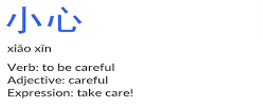
Oh, my gosh! You said it perfectly! Thank you so much for having me. What a lovely afternoon this was talking to you!
No, thank you, Jennifer. I love meeting, talking to, and learning from people who are on top of their game. If you want to get in touch with Jennifer and access the resources she asked us to share with you, then you can get that information at BusinessInfrastructure.TV. You can even see a copy of the 3-D rendering next to the
actual photo of the ancient Egyptian scene from the Oceans Eight movie premiere event when you go there. Again, that’s BusinessInfrastructure.TV.
Thank you for listening! If you enjoyed this episode, then please subscribe and leave a five-star rating and review.

Okay, well our time is just about up for this episode. I’ll follow you out of the podcasting vault. But please, make sure you come back to hear the next remastered episode. You’ll hear from a person who successfully built, scaled and sold his businesses to two Fortune 100 companies.
Until then, remember to stay focused and be encouraged. This entrepreneurial journey is a marathon and not a sprint.
This podcast was written, produced, and narrated by me, Alicia Butler Pierre. Audio editing by Olanrewaju Adeyemo. The original score and sound design by Sabor! Music Enterprises.
This is the Business Infrastructure – Curing Back-Office Blues podcast.


